Pesky English Ivy
red82
12 years ago
Featured Answer
Sort by:Oldest
Comments (8)
red82
12 years agoRelated Professionals
Prairie Ridge Landscape Architects & Landscape Designers · Tempe Landscape Contractors · Wake Forest Landscape Contractors · Brookfield Landscape Contractors · Brooklyn Park Landscape Contractors · Canyon Lake Landscape Contractors · Conroe Landscape Contractors · Cupertino Landscape Contractors · Fort Myers Landscape Contractors · Gainesville Landscape Contractors · Hoffman Estates Landscape Contractors · Methuen Landscape Contractors · Pahrump Landscape Contractors · Post Falls Landscape Contractors · Forest Hill Landscape Contractorsred82
12 years agoKimmsr
12 years agohortster
12 years agored82
12 years agomorz8 - Washington Coast
12 years agoLuciano
8 years ago
Related Stories

GROUND COVERSNative Alternatives to English Ivy, Japanese Pachysandra and Periwinkle
These shade-loving ground covers are good for the environment and say something about where you are
Full Story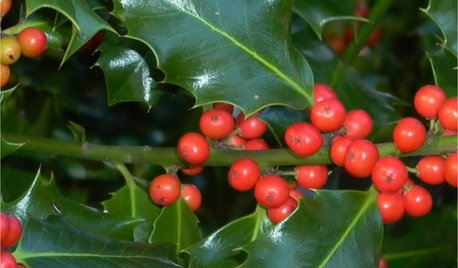
GARDENING GUIDES9 Holly and Ivy Plants for Good Tidings in the Garden
Spread Christmas joy all year round with the gorgeous foliage and bright berries of these evergreen plants
Full Story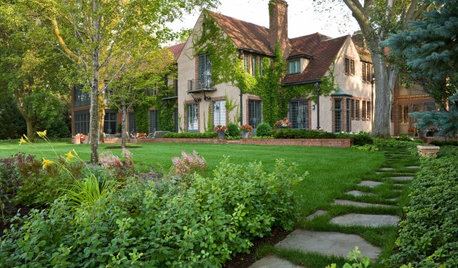
GARDENING GUIDESLay of the Landscape: English-Style Gardens
Stately and formal meet natural and romantic in English-inspired landscapes
Full Story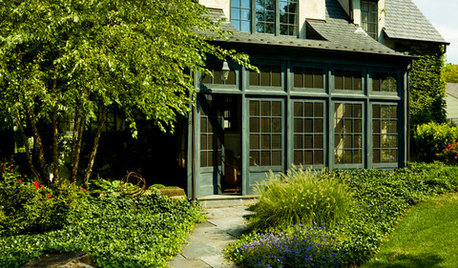
HOUZZ TOURSMy Houzz: English Cottage Style Graces a Home Bathed in Light
Starting with a bare lot, a downsizing Illinois couple builds a fitting home that welcomes the sun everywhere you turn
Full Story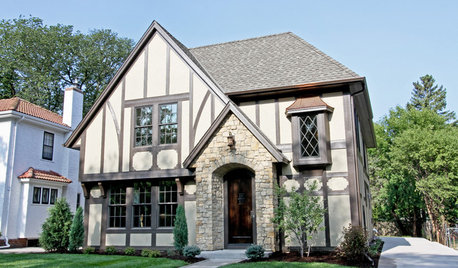
ROOTS OF STYLERoots of Style: The Indelible Charm of American Tudors
Rich details and an intimate scale give this English-inspired architectural style memorable character and flexibilty
Full Story
HOUZZ TOURSMy Houzz: Casual Comfort in a London Victorian
Unfussy furniture and a simple palette give a renovated home for 6 an air of ease
Full Story
INSIDE HOUZZHouzz and the AIA Partner to Help Residential Architects
Better technology and public outreach are 2 goals of the new strategic partnership, announced at the AIA Convention 2014 in June
Full Story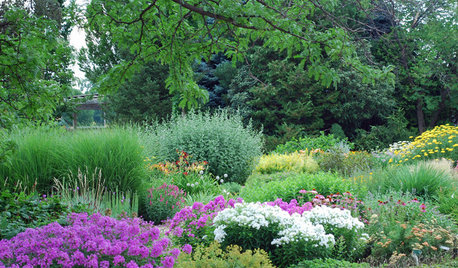
LANDSCAPE DESIGNTake Your Garden on a Rural Route With Plant-Dominant Designs
Let plants take center stage for a garden that recalls idyllic pastures fashioned by nature's hand
Full Story
LANDSCAPE DESIGNBoxwood Alternatives Bring the Chelsea Flower Show to You
Don’t let box blight limit your plans to borrow garden design ideas from the renowned British event
Full Story






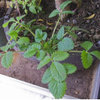
hortster